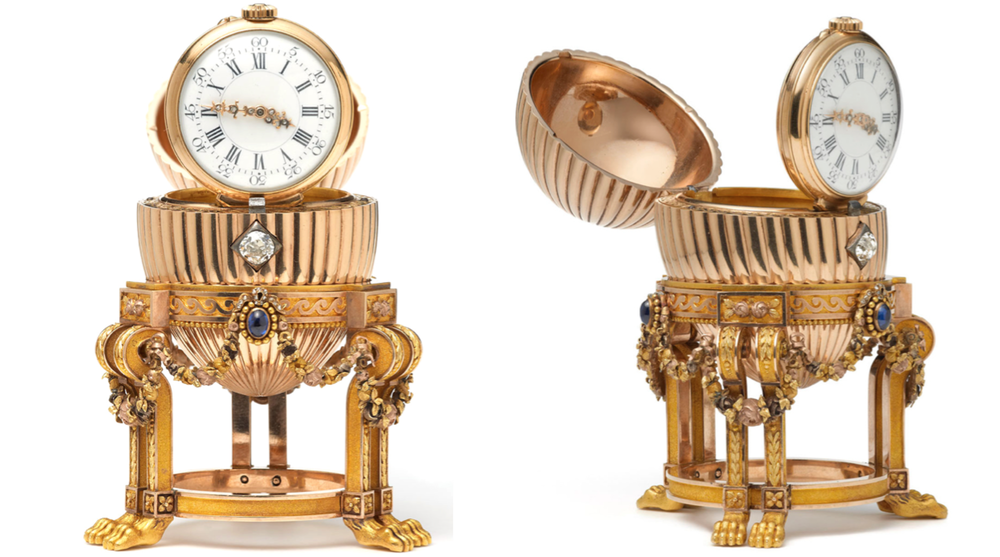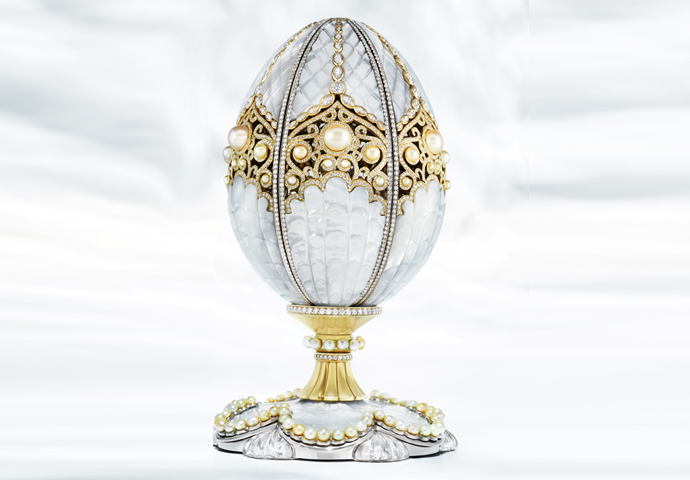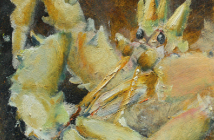An award-winning new documentary tells the captivating tale of the House of Fabergé: from Imperial Russia to its glittering modern revival.
Opening on June 29th, a new film plots the trials and tribulations of one of the world’s most iconic luxury brands. The House of Fabergé has stirred intrigue, passion, and secret romance for over 100 years, from royal patronage of the Russian Tsars to its recent re-establishment as an international contemporary jewellery company.
The feature offers an extraordinary view and access to infamous private collections, personal recollections from Fabergé family members, and insights from distinguished Fabergé family members, and insights from distinguished Fabergé specialists. Directed by Patrick Mark, a powerhouse in fine art filming dazzling art objects creates a feast for the eyes.
Particularly exciting is the unveiling of two Fabergé eggs to the public, featured in exquisite detail, both now in private collection, and both of which may never again be seen in the open.
The first, a gift from Tsar Alexander III to his wife Maria at Easter in 1887, was lot for over 100 years, and only recently rediscovered by an American scrap metal dealer. Bought for a few thousand dollars, the gold egg was intended to be melted down and sold at a few hundred in profit. Chance had it that the treasure was returned to context, and sold on for over $30 million dollars.
The second, The Fabergé Pearl Egg, the first new egg to be produced by Fabergé in 99 years, pays homage to the centenary of the first Fabergé eggs ever delivered. Inspired by the formation of a pearl within an oyster, the object of art embodies: 139 fine pearls, 3,305 diamonds, carved rock crystal, and mother-of-pearl set on white and yellow gold.
From the crown of its fame and fortune, when Fabergé was the jeweller to the Romanov royal family, to the leaner years when the name only appeared on cosmetics and household goods, through to its recent rebirth led by Fabergé descendants – few brands can have enjoyed, or endured, such a rollercoaster ride.
Pre-1917 works inspire levels of devotion to a market of global collectors, and for many, the Romanovs are a symbol of a simpler and nobler time and place. The House of Fabergé is part of that world, but it has endured a different journey, a life of its own, far beyond Imperial Russia. Now, with millions of dollars of jewellery, the House of Fabergé is irresistible to a privileged few.
More details at www.fabergefilm.com
If you like this article you may be interested in “Bolshoi in Brazil: Russian Ballet Celebrates 15 Years”.







